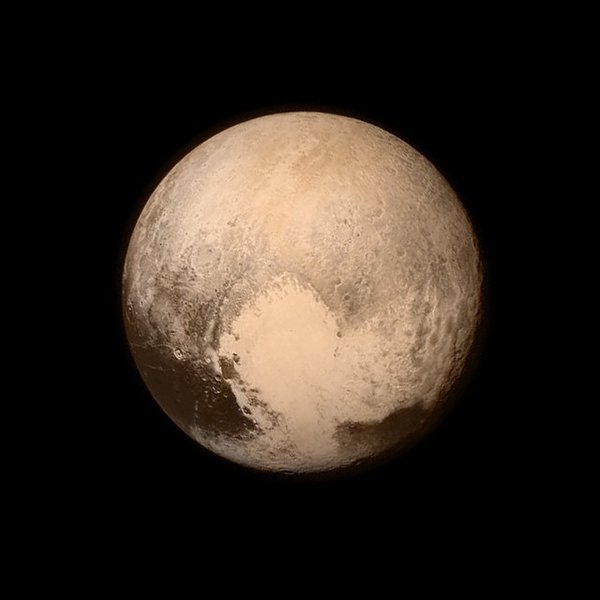 [Originally published January 2011]
[Originally published January 2011]
Now comes news that the “dwarf planet” Eris is no longer the ninth largest object orbiting the sun. New measurements show (so it is claimed) that Eris is the tenth largest. Which is to say, it is a tiny bit smaller than Pluto.
You remember Pluto. Mercury Venus Earth Mars Jupiter Saturn Uranus Neptune Pluto. If you learned your Solar System any time between 1930 and 2006, you learned that it was the ninth planet. Nineteen thirty is when Clyde Tombaugh discovered it. As for 2006—that story is best told in a smart and funny new book, How I Killed Pluto and Why It Had It Coming, by Mike Brown, the Caltech astronomer who discovered Eris.
Surely discovering planets was a one-way street. Maybe we could find new ones, but how could we lose any?
By tightening standards. Raising the bar. Redefining the word planet.
The International Astronomical Union did that, after months of struggle and infighting and philosophical confusion, at a tumultuous meeting in Prague in the summer of 2006—speeches and resolutions and amendments and footnotes and points of clarification. At one point the great Jocelyn Bell Burnell, codiscoverer of pulsars, declared, “Resolutions are nonlinear and small changes have big effects,” and reached under her table to brandish a beach ball, an umbrella, and a stuffed dog. (Pluto—get it?)
Having been so rudely demoted, Pluto may now be called a “dwarf planet,” per the IAU. Or an “unterplanet,” the term deployed by Sky and Telescope, in contrast to “überplanet.” Similar objects may be called “trans-neptunian” but not “plutonian”—this according to a close vote by the astronomers in Prague. The OED, which happened at that very time to be revising its entries for the letter P, decided to go with “small planetary body.”
Must we amateurs, however, accept the authority of the IAU and its Planet Definition Committee? Are they the competent ruling body? It depends whether you think this is an argument about facts or about language.
As for the facts, Pluto is—as ever—a cold, harsh ball of rock and ice, a fifth as massive as Earth’s moon, eccentrically orbiting the sun. It measures (though estimates vary) 2,330 kilometers in breadth, plus or minus 50.
Words, on the other hand, are fluid things. Definitions are malleable and arbitrary. We know this, but sometimes we forget. What is a lake and what is a pond? What is a mountain and what is a molehill? Where do we draw the lines between planets, planetoids, moons, asteroids, comets, rocks, pebbles, and cosmic dust?
Four of the planets are gas giants. The four inner planets are much smaller and rocky. It’s not just about size, of course. The first eight planets all orbit the sun in pretty much the same “ecliptic” plane; Pluto’s orbit is highly inclined. It is also, in the technical sense, chaotic.
The IAU committee first proposed a definition “based on intrinsic physical nature”: a planet would be an object orbiting a star, not itself a star, not orbiting any other planet, and, finally, massive enough “for its own gravity to pull it into a nearly spherical shape.”
It’s that last bit that caused the trouble. Using its proposed definition, the committee counted 12 planets. But Brown, having spent thousands of hours exploring the outer reaches of the Solar System, was quite sure that the number would turn out to be more like 200. No one wanted suddenly to have to learn the names of hundreds of planets. He felt that his colleagues had lost their way.
It was as if the International Arboreal Union were to tall you that all things with trunks and bark and branches and leaves were to be called trees, but then it told you that they only trees were oak trees, maple trees, and elm trees. You would be right to ask: How can you make a very precise definition of tree and then claim that the things that very precisely fit your definition are not, in fact, trees?
In the end, Brown carried the day, thus surrendering what would have been the glory of having discovered the tenth planet.
So what is a planet? As ever, it depends. In the Ptolemaic system, it is any of the seven major wanderers in the sky: the Moon, Mercury, Venus, the Sun, Mars, Jupiter, and Saturn. Alternatively, and more modernly, “in figurative contexts” (says the OED), “a particular state or sphere distant from ordinary life.” As in, what planet is that guy on?
